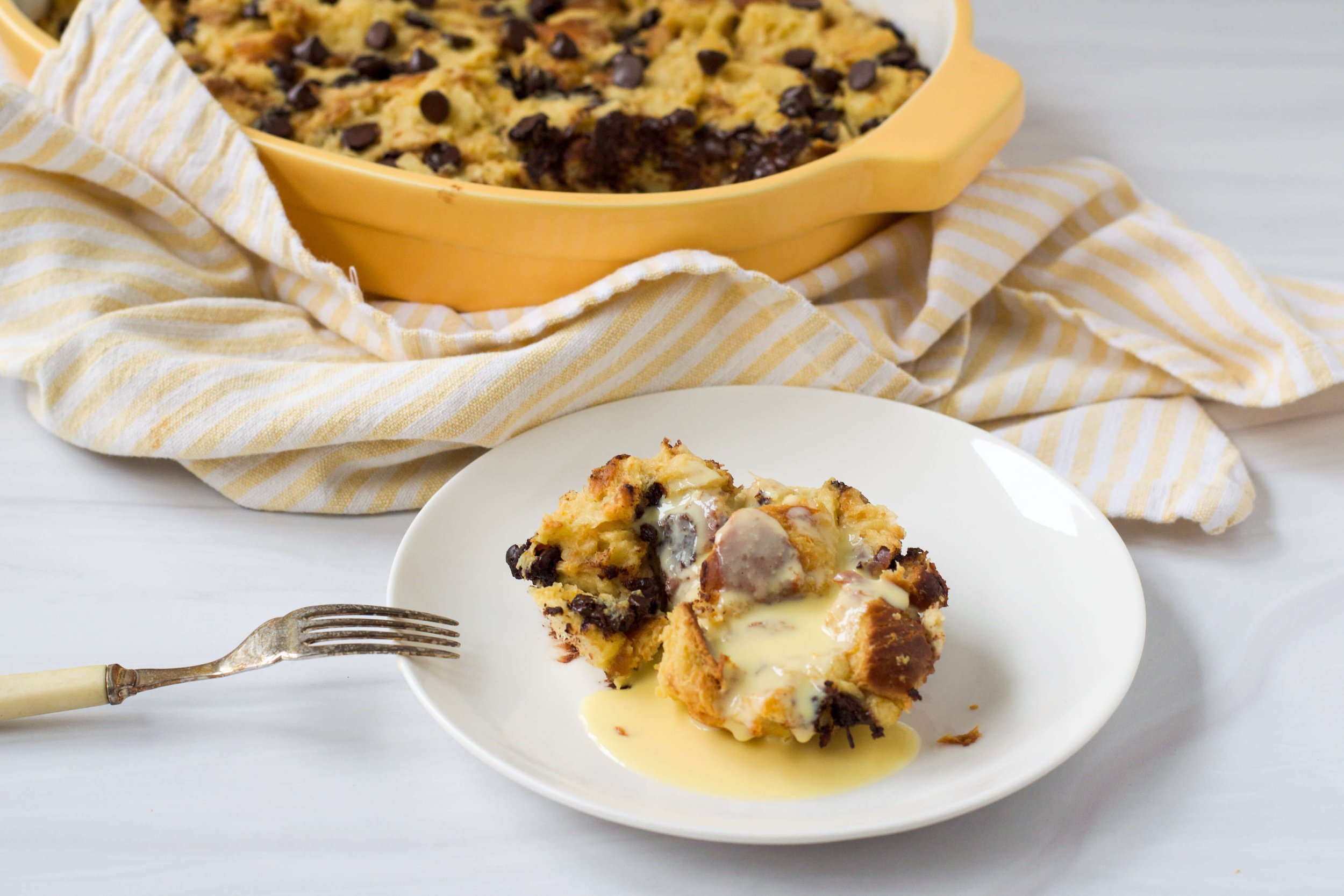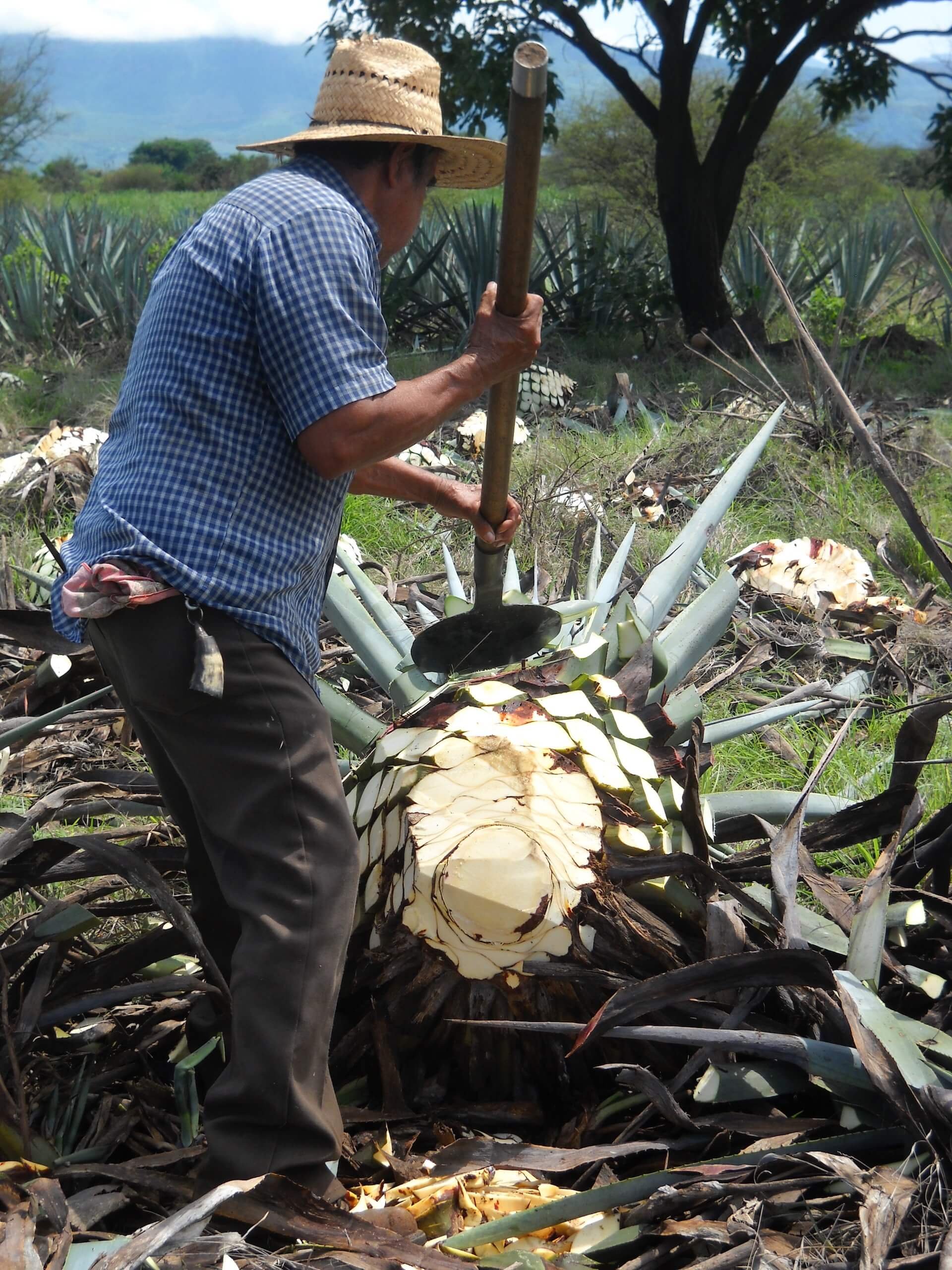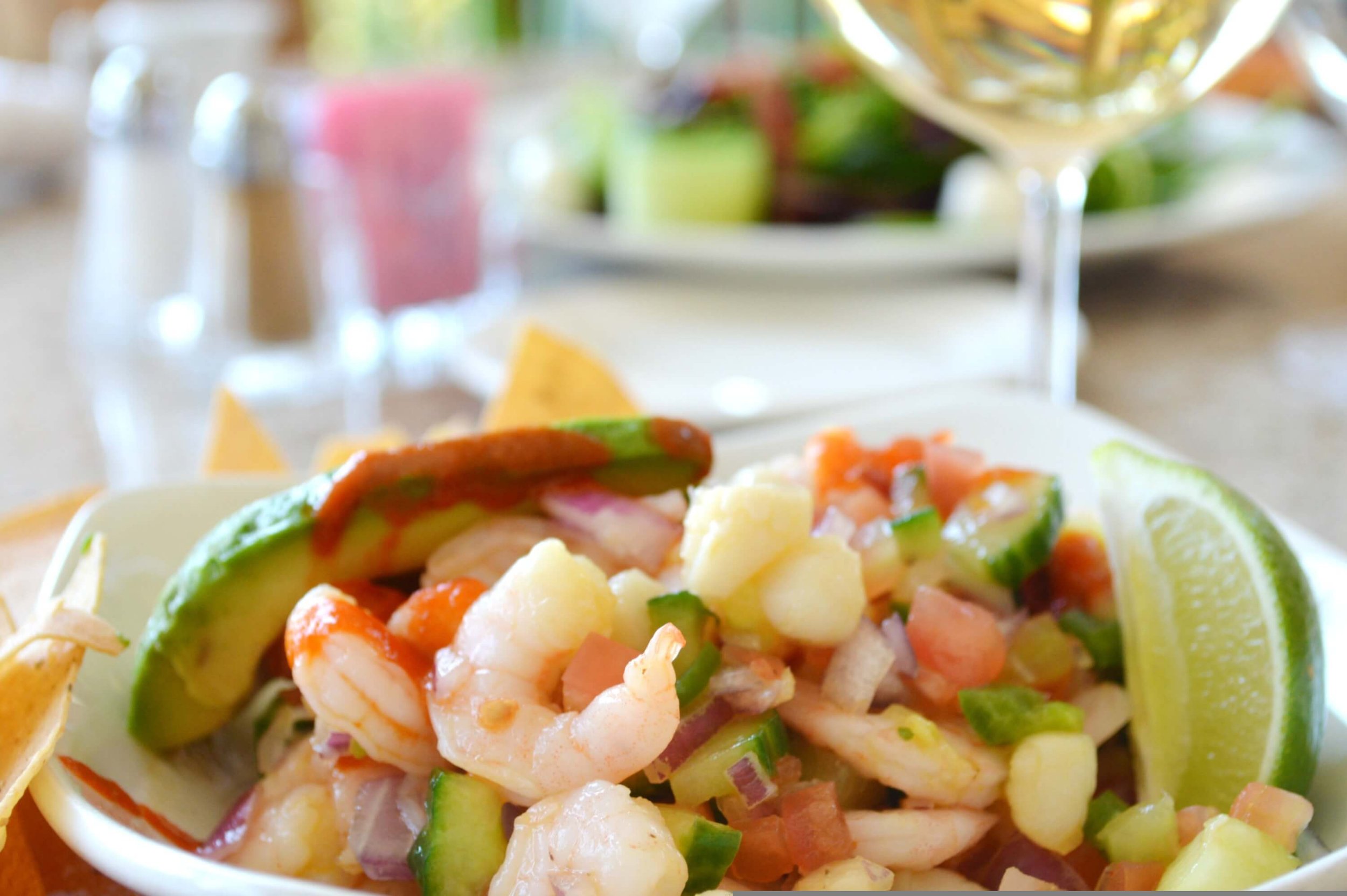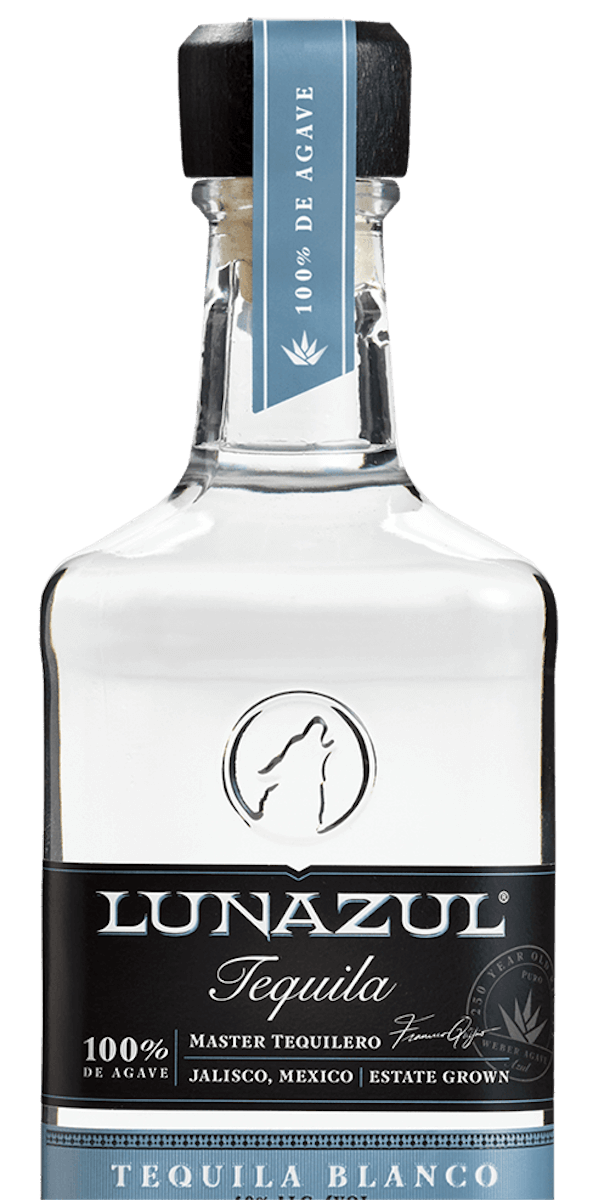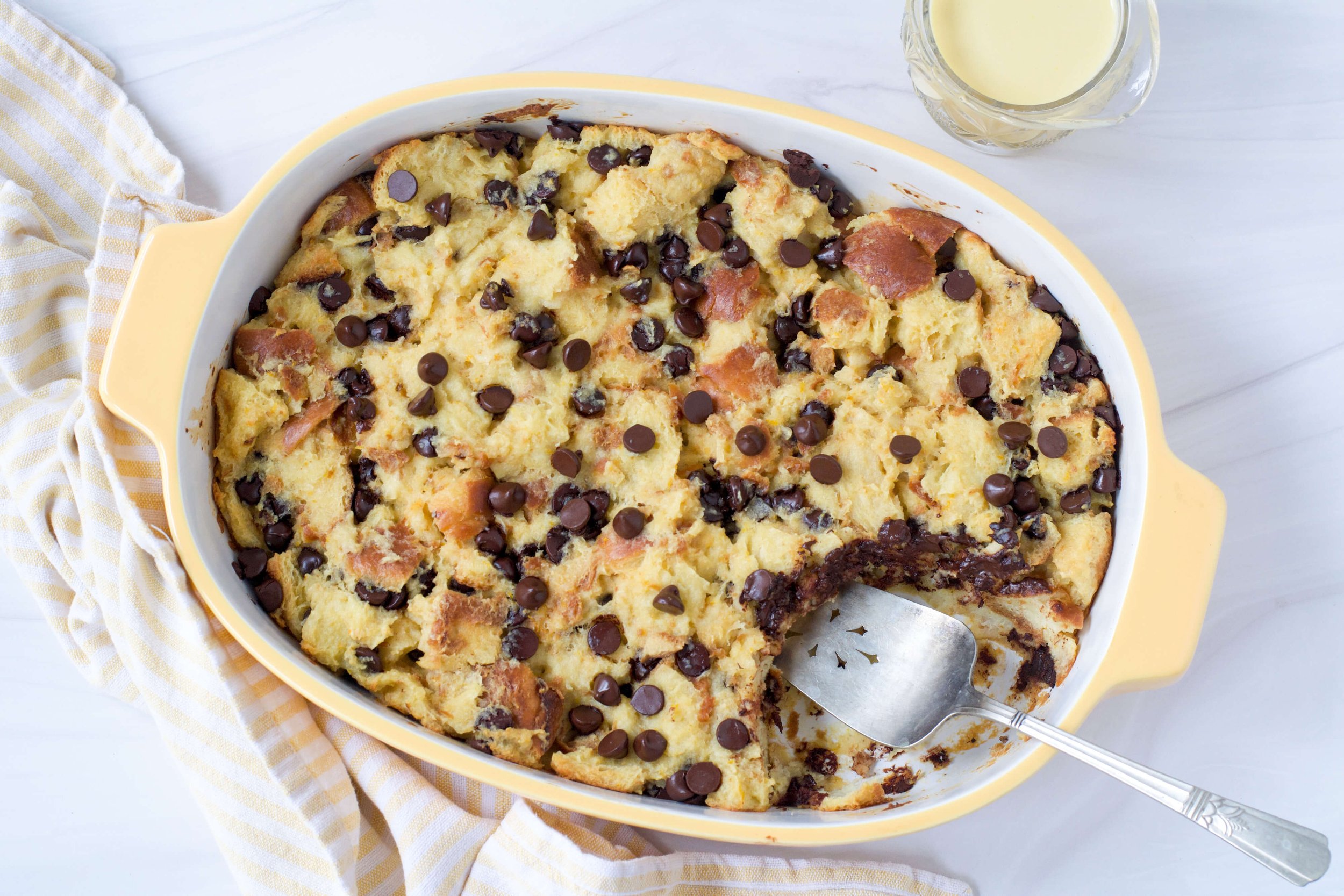How to Cook with Tequila & Why It’s a Good Idea
Beloved in Mexico for centuries, agave spirits like mezcal and tequila are today one of the most popular liquors in the United States as well. No longer just for spring breakers doing shots, tequila is now recognized and appreciated by cocktail enthusiasts for its complexity and versatility. “Many people seem to believe that tequila is just for margaritas, or only remember the cheap, hangover-inducing shots of their youth. [But] tequila can be just as highbrow and varied as a fancy bourbon, bottle of wine, or microbrew,” points out cookbook author and Mexican food expert Yvette Marquez-Sharpnack.
Moreover, American consumers are becoming increasingly knowledgeable about the many varieties of tequila from blanco to reposado to añejo and willing to spend big bucks for rare and premium tequilas. Indeed, the global tequila market was valued at almost ten billion dollars in 2021 and is on track to reach over $13 billion by the end of the decade. Perhaps this is why celebrities from George Clooney to Mark Wahlberg have invested in premium tequila brands.
Many of us know that tequila can be sipped neat and that is forms the base of many a classic cocktail. But did you also know that tequila is also a surprisingly versatile ingredient for use in sweet and savory cooking? With sweet, spicy, floral, smoky and citrus notes, tequila can add flavor and richness to a wide variety of recipes from marinades to ceviche to sauces and glazes. And, of course, tequila is perfectly at home in many of your favorite Mexican dishes. Here is everything you need to know about cooking with tequila.
What is Tequila?
Before we get into the specifics of cooking with tequila, let’s review what tequila is and how it differs from other spirits. Tequila is a distilled spirit made from the blue agave plant, which is a succulent, but not a cactus. Blue agaves take around eight to ten years to mature and must be harvested by hand by jimadores, which is a labor-intensive process.
There is a whole category of spirits made from blue agave, which is collectively known as mezcal. Tequila is a type of mezcal—but not all mezcals are tequilas. For a spirit to be called tequila, it must meet certain characteristics as regulated by the Consejo Regulador del Tequila (CRT). First, it must be made from the Blue Weber agave specifically and two, it must be produced in Mexico, specifically the state of Jalisco —where 90% of tequila comes from — or certain areas in Guanajuato, Michoacán, Nayarit, and Tamaulipas.
But just like wine, the flavor of any given tequila is influenced by where it is grown. Specifically, tequila is divided into two categories: highland and lowland. Highland tequila is made from agave plants grown in the highlands of Jalisco, some 7500 feet above sea level. This area features a red clay soil and is known for hot weather, which places stress on the agave plants. Connoisseurs consider highland tequila to be the sweeter and fruitier of the two categories. Lowland tequila comes from agave plants grown in the mineral-rich volcanic soil of the valley, a few thousand feet lower down. Lowland tequila is known for being more vegetal, herbaceous and even peppery.
To make tequila, farmers harvest the blue agave plant and cut away the leaves to isolate the bulb (or piña) which is then cooked, shredded and crushed to extract the juice. The extracted juice is fermented to create an alcoholic spirit. That spirit is then distilled two times to purify it before the final step, which is aging the tequila.
Aging tequila
How long a tequila is aged will determined its variety: blanco tequilas are aged, if at all, for less than two months in neutral oak or stainless steel barrels. Reposado tequilas, by contrast, are aged in oak barrels for between two months and one year. Añejo tequilas are aged in small oak barrels - to maximize contact between the wood and the tequila - for more than a year, but less than three years. Any tequila aged for more than three years is considered extra añejo and these are among the rarest and most expensive tequilas in the world. Blanco and reposado tequilas are both suitable for use in cocktails and mixed drinks while connoisseurs prefer to sip premium añejo tequilas neat or on the rocks. (Although an añejo works well in a spirit-forward cocktail or as a stand-in for whiskey in cocktails like an Old-Fashioned.)
Because they are not aged, blanco tequilas retain more of the flavor of the agave plant. Thus blanco tequila tends to be brighter, sharper and spicier than other kinds while still tasting fruity and herbaceous. Reposado tequila is smoother than blanco with some sweetness and woodsy notes from being aged in oak barrels. Añejo tequila is rich, smooth and dark in color due to the aging process and may carry earthy, smoky or nutty notes.
Why Cook with Alcohol?
Before we discuss why tequila is such a useful ingredient in cooking, let’s quickly review the role that alcoholic spirits play in cooking.
Alcohol, like salt, enhances the flavors of the foods around it. It does this in two ways. The first way is through evaporation. Alcohol molecules evaporate quickly, so when you add alcohol to food, and that alcohol evaporates, it carries the food’s aroma to our noses. And anyone who has ever suffered with a head cold (or COVID-19) knows that much of what we “taste” in our food is actually smell.
Second, alcohol enhances flavor through molecular bonding. Alcohol bonds with both fat and water molecules and thus helps capture the flavors in fat and water-soluble compounds and transmit them to our taste buds. For example, a marinade containing alcohol will help the other flavors in the marinade - be they spices, aromatics or citrus - penetrate the cells of the meat so that the meat takes on more of those flavors.
Similarly, when using alcohol to deglaze a pan, you not only capture and incorporate the browned proteins stuck to the bottom of the pan - which any liquid would do - but you also dissolve those browned bits in alcohol, which helps them flavor the sauce more intensely. A non-alcoholic liquid, such as broth, will deglaze the pan, but it won’t capture and transmit the meaty flavors as effectively. That’s why wine is so often used for this very purpose.
Why Cook with Tequila Specifically?
So, we know that alcoholic spirits can enhance flavors. But what specifically does tequila do when used in cooking? Well, in addition to enhancing the flavors around it, tequila can add fruity, tart, floral and herbaceous notes to a dish. Chef David Bonom — who, with his wife Marge Perry, wrote the 2019 cookbook Hero Dinners and owns Trunk Pop Dinners in Cresskill, NJ — loves cooking with tequila for just this reason: “What is unique about cooking with tequila is it lends a nice level of sweetness and richness to the dish. Depending on the brand you use the flavor notes can be spicy, floral, citrus and even a little smoky from the processing of the agave.”
James Beard Award-winning author and chef Joanne Weir, who wrote the 2009 book Tequila: A Guide to Types, Flights, Cocktails and Bites, adores cooking with tequila for its versatility: “The thing about tequila is that it works with any flavor,” she raves. David Bonom concurs: “Tequila works in marinades, glazes, sauces, desserts, salsas - there really isn’t a limit. Anywhere you could use wine or other spirit in a dish you could use tequila.” Marquez-Sharpnack - whose upcoming cookbook Muy Bueno Fiestas contains a “Tequila Tasting Party” section - also is excited to see more chefs and home cooks cooking with tequila: “Everyone is used to cooking with wine and vodka for Italian dishes, and I’m excited to see that tequila is now elevating traditional Mexican dishes,” she notes.
Chef Alfredo Nogueira of Cure and Cane & Table in New Orleans appreciate that tequila is sweet, but not too sweet. He incorporates “a good amount of tequila” into his house-made chorizo, which is one of the foundational recipes at his restaurants. The tequila “brings a nice sharpness,” to the sausage, according to Noguiera. “Rum would bring too much sweetness and not be balanced. Along with apple cider vinegar, tequila helps bring a really nice tang” to the loose, Mexican-style chorizo which Nogueira uses in dishes from queso fundido to breakfast tacos to a Cuban-inspired cheeseburger.
(Of course, as Nogueira points out, adding spirits to sausages and preserved meats is nothing new. It is very common to find wine or other spirits in recipes for homemade sausage which may be a remnant from earlier times when alcohol was used as a preservative or to mask any off flavors from less-than-fresh meat. The tradition persists today even though we now have better methods for preserving meat.)
Tips for Cooking with Tequila
As you may imagine, the different types of tequilas have very different flavors, so it is critical to choose the correct type of tequila for your dish.
Nogueira prefers “a workhorse blanco” for his cooking because it “is the cleanest, straight-up base spirit.” Bonom agrees: “I like blanco for when I want nice undertones of tequila that compliment rather than overwhelm, such as fruit dishes, grilled seafood or chicken, and even in salsas.” Joanne Weir celebrates blanco tequila for its brightness and acidity and leans on this unaged variety of tequila for lighter dishes and starters: “First courses, like a ceviche for example, [with] a little bit of blanco is delicious. And then to sip that same tequila alongside [the dish] is perfect.” A blanco tequila, whether used in a starter or enjoyed in a pre-dinner cocktail, will open up your palate, which is exactly what you want at this stage of a meal.
Bonom chooses a reposado tequila “for heartier proteins: to marinate or glaze beef or pork.” Similarly, Marquez-Sharpnack uses 1/4 cup of reposado tequila in her popular carne asada recipe because “the alcohol in tequila acts much like natural fruit enzymes, breaking down the meat protein for a more tender bite.”
Beyond marinades, reposado tequilas also work well in sauces. “Smoky flavors are really delicious with a reposado,” explains Weir. “Reposado is kind of in between. It has a little bit of richness but it hasn’t gone to the caramel [of an añejo].” As one example, Weir points to a seasonal fall dish at her restaurant Copita in which beef short ribs are braised with chiles: after the sauce is puréed, she adds a healthy slug of reposado tequila because it pairs so well with both the beef and the smoky flavors of the chiles.
Even an añejo tequila may be used judiciously in cooking: “Although it is often quite pricey I like to use a little añejo in dessert sauces because of their richness, smoky undertones and deeper caramel notes,” says Bonom. Weir agrees the añejo tequila is perfect for use in desserts because of the rich caramel and vanilla flavors that come from aging the spirit in oak. She points to a recipe she developed for chocolate soufflé that comes with a chipotle crème anglaise: “it is great to [add] a little bit of either reposado or añejo, but I really like the añejo because of the caramel — it really works with the chipotle.”
Bonom also suggests adding a small amount of añejo “to compound butter to serve over a thick grilled steak or pork chop.” Given the small amount of añejo that would be used in these types of recipes — a few tablespoons at most — one should buy a bottle primarily for sipping and think of cooking with it as an added bonus.
Choosing a Tequila to Use in Cooking
When choosing a spirit to cook with, you always want to strike a balance between quality and price and tequila is no different. Nogueira argues that you should “make sure [the tequila you cook with] is something you would enjoy it on its own.” Bonom concurs: “Like cooking with wine, you want to cook with a tequila that you would drink, meaning it doesn’t have to be the best or the most expensive, but a tequila you would be comfortable serving.” This is especially true because you may want to serve the very tequila you are cooking with alongside the meal, as Joanne Weir recommends.
Weir has another important suggestion when shopping for tequila: she recommends insisting on a tequila that is labeled 100% agave. By law, a tequila need only have 51% agave to bear the name. (A tequila that contains ingredients other than the juice of the blue agave is known as a mixto, but it may not not be labeled as such. The label will simply fail to say “100% agave.”) The other ingredients could be caramel color, sugar and added sweeteners, or other additives to mimic the taste and look of premium tequila. And that is where headaches come from, cautions Weir.
Some specific tequilas that our chef experts recommend include Lunazul, which is a favorite of Chef Nogueira and a 2022 NY International Spirits Competition Gold Winner. At around $20 a bottle, Lunazul’s Blanco is a perfect entry-level tequila for cooking and mixing into cocktails. Milagro Silver is another well-priced bottle that garners praise from chef and experts. On the pricier end, Joanne Weir enjoys the highland tequilas made in the traditional style by Siete Leguas. A reposado from Siete Leguas will set you back around $50, but Weir considers the spirit to be a good value given that the tequilas from this distiller are consistently among the highest-rated. Lastly, Weir also recommends Herradura tequila, which she credits with being the secret behind her restaurant’s famous margaritas.
Whether you are choosing a blanco, a reposado or a special añejo for your next recipe, be willing to experiment. “When it comes to cooking with tequila my best advice is to have fun with it. Try some of your favorite tequilas in place of wine or other spirits in your dishes because the possibilities are endless and the results truly satisfying. It’s a great way to give new life to a dish,” advises Bonom.
Recipes for cooking with tequila
Ready to start cooking with tequila? Here are some recipes from around the Internet to get you started, as well as our own recipe for an indulgent, tequila-spiked bread pudding served with a boozy crème anglaise inspired by Joanne Weir.
Tequila-Glazed Grilled Chicken Thighs from MyRecipes
Quick and Easy Carne Asada from Muy Bueno Recipes
Tequila Lime Flaming Cheese Dip from The Cookie Rookie
Tequila-Spiked Shrimp Ceviche from Cookin’ Canuck
Salsa Borracha from Wine Enthusiast
Jicama and Endive Salad with Tequila-Orange Vinaigrette from Better Homes & Gardens
Chocolate Chip-Orange Bread Pudding with Tequila Crème Anglaise
Blanco or reposado tequila adds a hint of heat and a jolt of acidity to the richness of this chocolate-orange bread pudding while the accompanying boozy crème anglaise is enhanced by the caramel and vanilla notes of an añejo tequila. Keep in mind, however, that the tequila in the sauce is not cooked and therefore still contains alcohol, meaning it might not be suitable for younger guests.
Ideally the bread cubes should be stale. If they are not, you can toast them in a low oven until dried out. Also, the bread cubes should sit in the custard for several hours or even overnight, so plan ahead.
Serves 6 to 8
Bread pudding:
5 eggs
1/3 cup granulated sugar
1/4 cup blanco or reposado tequila
Zest of one orange
1/4 tsp. fine sea salt
2 cups whole milk,
1 cup heavy cream
1 loaf challah or brioche bread, preferably day-old, cut into 1 1/2 to 2 inch cubes
1 1/2 cups semi-sweet chocolate chips
1 TB butter at room temperature
Tequila Crème Anglaise:
1 cup whole milk
1/3 cup granulated sugar
4 egg yolks
Pinch fine sea salt
1 tsp. vanilla extract
2 to 4 Tablespoons añejo tequila
1/4 tsp. cinnamon
Whisk together the eggs, sugar, tequila, orange zest and salt in a large bowl. Whisk in the milk and cream. Add the bread cubes and toss to coat them with the custard. Cover and refrigerate the bowl for at least one hour and up to overnight.
While the bread cubes are absorbing the custard, prepare the crème anglaise: warm the milk in a medium saucepan over medium-low heat until steaming. Meanwhile, whisk together the egg yolks, sugar and salt in a medium bowl until thickened and lighter in color. Prepare a large bowl of ice water and place a medium bowl inside the ice bath.
Temper the egg yolks by gradually adding half of the milk to the bowl with the eggs while whisking. Return the egg-milk mixture to the saucepan and raise the heat to medium. Cook the sauce, stirring constantly, until it thickens and coats the back of the spoon. (Do not let the sauce boil or the eggs will curdle.)
Use a fine-mesh strainer to strain the thickened sauce into the medium bowl set in the ice bath. Add the vanilla extract, 2 tablespoons of the tequila and cinnamon and stir until cool. Taste and add an additional 1 to 2 tablespoons of tequila if desired. Transfer the crème anglaise to a storage container and chill for at least 2 hours.
To bake the bread pudding, preheat the oven to 350 and butter a 3-quart baking dish. Add the chocolate chips to the bowl with the bread cubes and toss to combine. Transfer the bread mixture to the prepared baking dish and spread in an even layer.
Bake the bread pudding for 40 to 5 minutes until the custard is set and the top layer of bread is browned. Allow to cool for 10 minutes.
Serve the bread pudding warm with the crème anglaise on the side.

